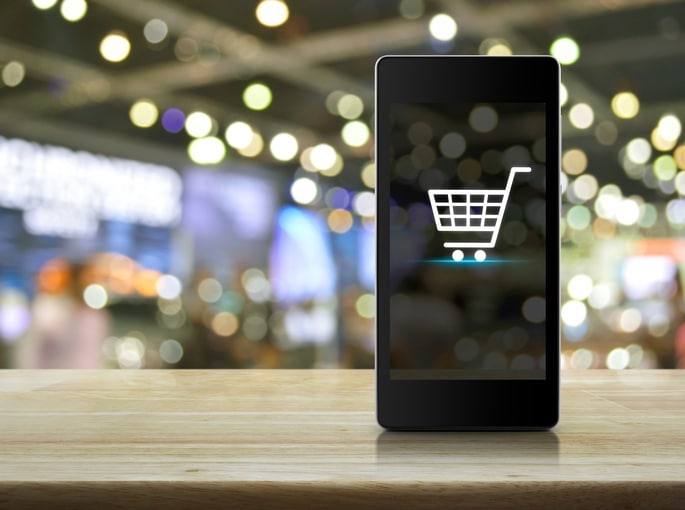What Does “The New Normal” of Retail Look Like?
Thriving in today’s retail environment requires brands to adjust on the fly. Gone are the glory days of megamalls and big-box brands. In their place, pop-ups and slimmed down stores have become the norm.
What does this changing retail landscape mean for shoppers and brands?
The advances in technology and a strong focus on omnichannel have created a new era in the industry. These changes should be expected to continue as “The New Normal” of retail.
The new normal is all about pleasing the omnichannel consumer … and for good reason. Omnichannel consumers are more valuable than customers who shop exclusively online or exclusively in-store. According to a study by Harvard Business Review, omnichannel shoppers spend 4% more in brick-and-mortar locations and 10% more online than their single-channel counterparts.
Amazon, rated as the top provider of omnichannel experiences, is a clear-cut leader of the new normal. The brand has transformed itself from an online-only bookseller into a retail colossus. It has moved from the ecommerce space into physical storefronts and is experimenting with checkout-free stores. It has even released dash buttons in efforts to create easy in-context shopping. With these buttons, users can order their favorite products with just the tap of a button. Run out of paper towels? Tap the dash button for your favorite brand of paper towels and voilà, the paper towels are ordered from your Amazon account.
Amazon isn’t the only retailer making moves in an evolving industry. Target recently acquired Shipt. This acquisition allows Target to offer same-day delivery from local stores for products that are ordered online – not just for food, but for all major product categories. This means consumers can order products from the comfort of their own home and have them hand-delivered, without the typical wait times.
Furniture retailers like Wayfair are taking advantage of augmented reality to give mobile shoppers a way to visualize how furniture will look in their homes without ever visiting a physical store. Simply press a button, and you can see how a new armchair will go with your living room décor.
These companies are all working to achieve the same outcome – remove barriers to purchase across all channels. A consumer doesn’t want to stand in long lines, so cashier-less stores eliminate lines. Or, if the consumer doesn’t want to go to the store at all, they don’t have to. They just have to press a button and the item is shipped to their house. And if they don’t feel like waiting for a package with their purchase to be delivered, same-day delivery options are available. But what about the classic touch test? What if a consumer doesn’t want to buy a product without feeling it first? That’s where augmented reality comes in, allowing a consumer to “try out” a product from the comfort of their own home, thus making them feel at ease with big digital purchases.
It’s an exciting time to be a retailer, despite the massive changes in the industry. Retailers that are able to adjust to the new normal will see it as a renaissance, not an apocalypse.
